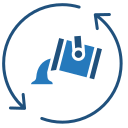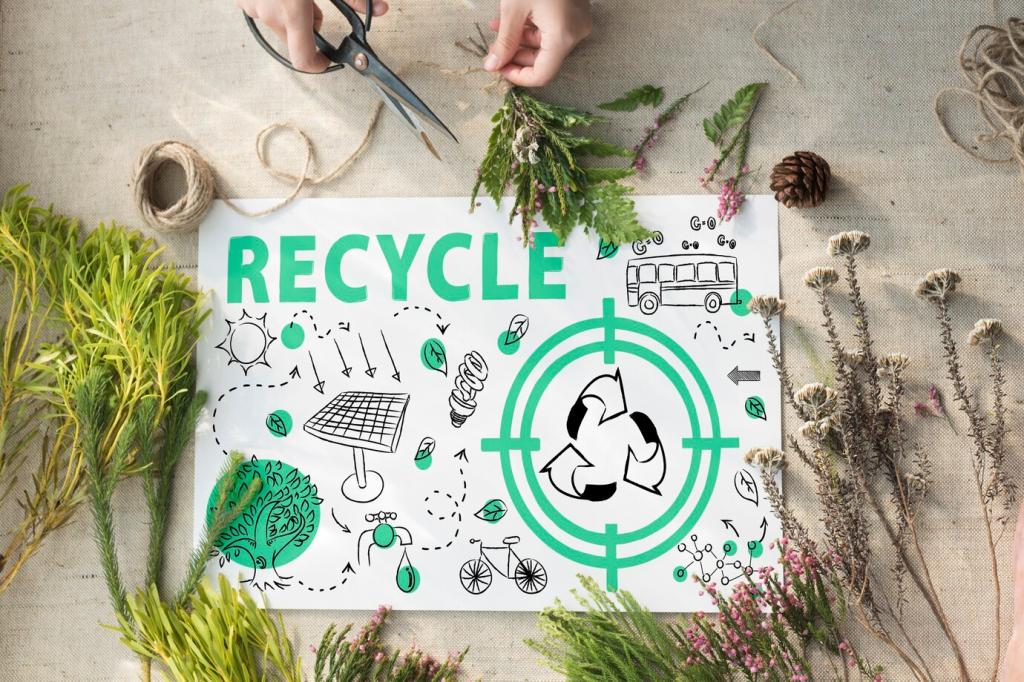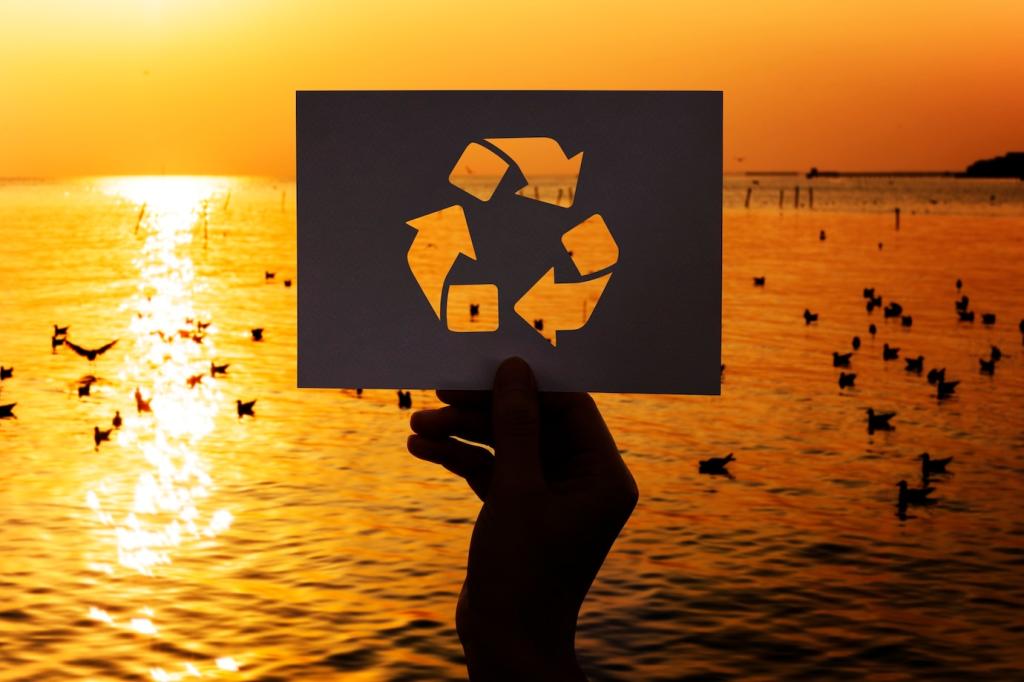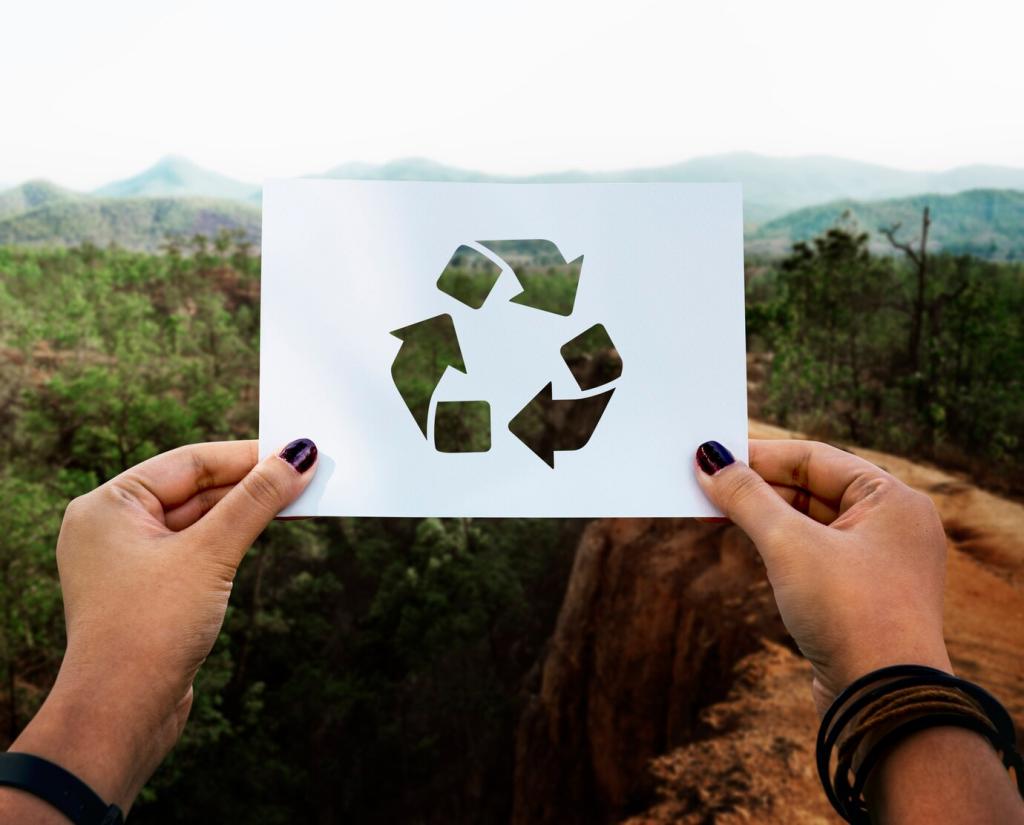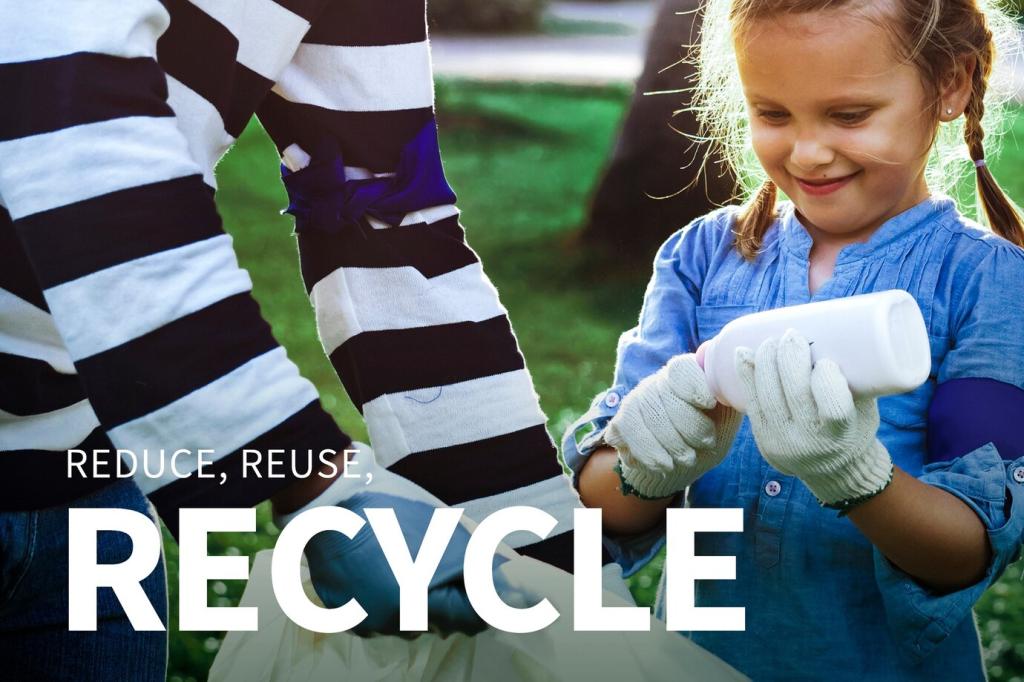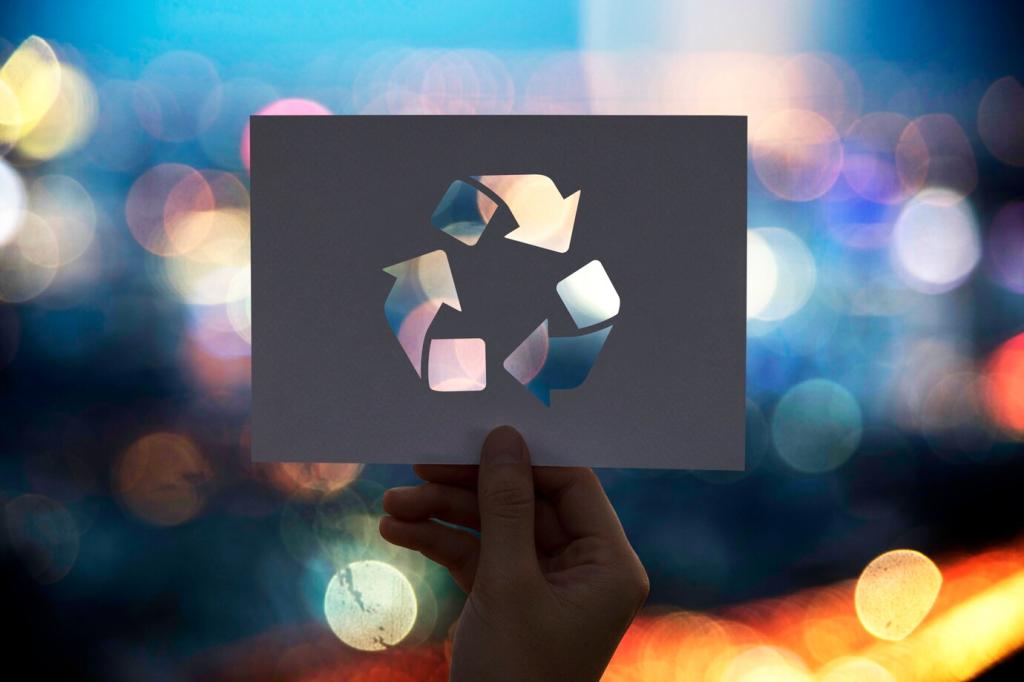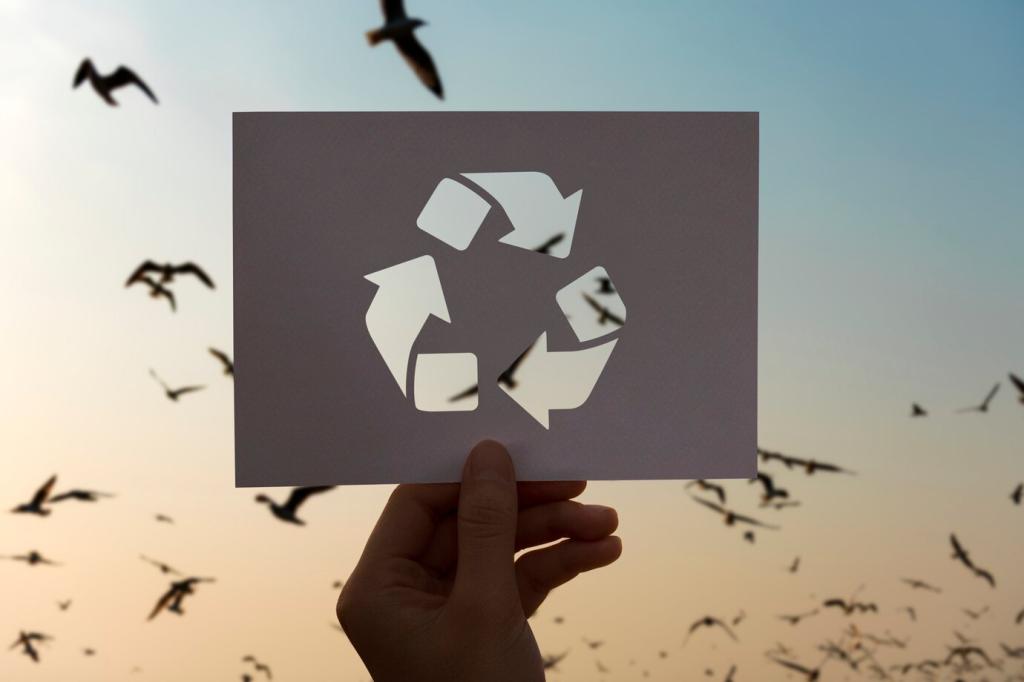Stories from the Circular Frontlines
On a rainy morning, an operator named Mara watched the NIR dashboard spike red, signaling elastane content above the threshold. Thanks to automated rerouting, that bale detoured to a compatible line, saving hours and preserving fiber quality for regeneration.
Stories from the Circular Frontlines
A startup we followed moved from bench chemistry to steady weekly runs after tuning pretreatment for stubborn dyes. The lesson was simple and powerful: small parameter changes can unlock major yield gains without sacrificing downstream spinning performance.
Stories from the Circular Frontlines
Every tagged return, every clean donation, and every scan-ready label makes recycling smarter. Tell us how you manage end-of-life garments, drop questions below, and subscribe to follow the next deep dive into textile recycling breakthroughs.
